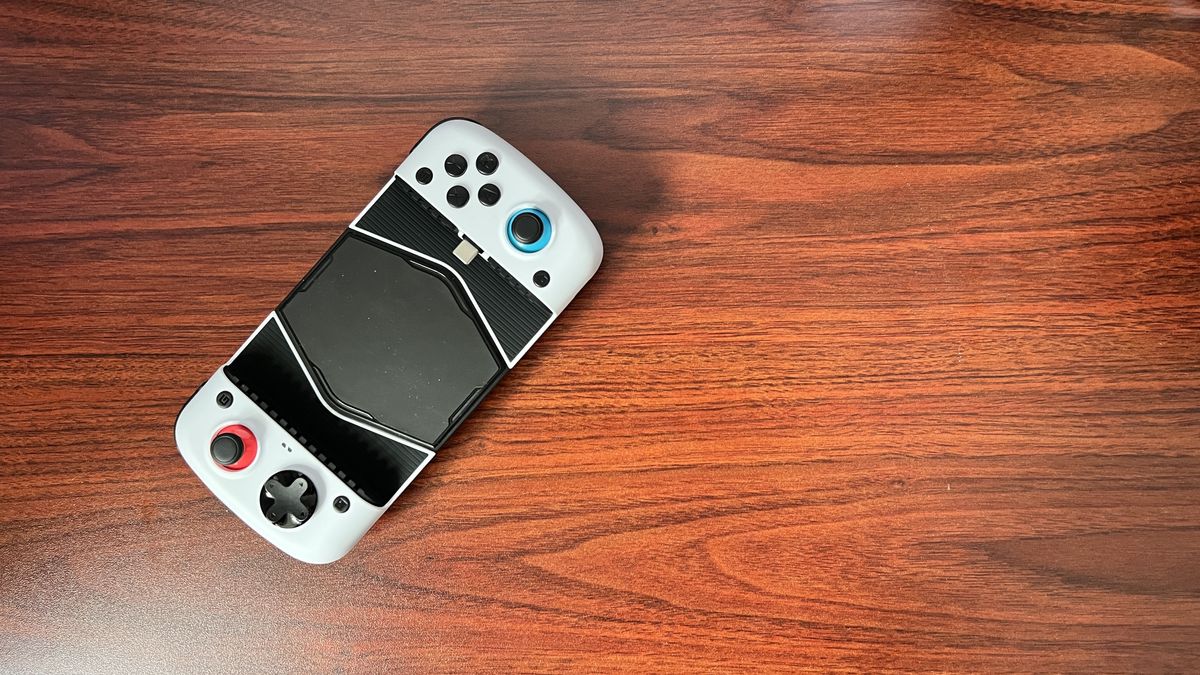Laptop Mag Verdict
The GameSir X3 is the best Android phone gaming controller you can buy today, from its tactile buttons and durable design to the included case and built-in cooling.
Pros
- +
Tactile buttons
- +
Power and audio passthrough
- +
Awesome built-in cooling
- +
Case included
- +
Great value
Cons
- -
Triggers have no travel
- -
Basic software support
- -
Cooling only works when plugged in
- -
No 3.5mm audio jack passthrough
- -
Restricted case support
Why you can trust Laptop Mag
Review writing conventions be damned — I’m going to start this with the conclusion. If you want the best Android phone gaming controller right now, get the GameSir X3.
The iPhone gaming space has been locked down by the BackBone One, which leaves the Android trophy ready to be collected by GameSir, thanks to a couple of key improvements over the GameSir X2 that make this essential to any mobile gamer on Android.
So, why is it that good? What makes this an ideal companion for both mobile gaming and hours of Xbox Cloud Gaming? Let’s get into it.
GameSir X3 price
The GameSir X3 comes in just one configuration: an Android only USB-C model at $99.
That is the same territory as the Backbone One, which, with the company finally announcing an Android version of its controller (launching in November), means the GameSir X3has a five-month head start before the Android gaming controller space gets a whole lot more competitive.
GameSir X3 design
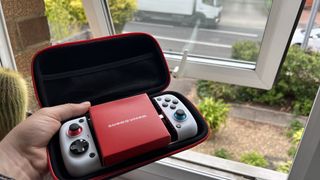
Upon first impressions of the front, you’ll see the GameSir X3 has not changed that much since the X2: same satisfyingly tactile buttons, same smooth analogue sticks, and the same durable case with all the consumer-friendly added integrations such as the 50-degree flexible angle of the connector.
Once you get it in your hands and look at the back, though, you’ll start to see the key differences. Namely, the whole device is quite a bit thicker — warmly welcomed to actually get a good grasp of the controller for long play sessions.
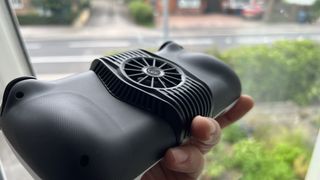
While ergonomically handy, that added thickness is to house the new cooling fan. The seven-blade fan with RGB lighting whirs and keeps a copper plate super cool to the touch, which provides temperature relief to your Android phone in even the most processor-intensive games.
Given how hot some Android phones can get during gameplay, this is a significant upgrade for the type of dedicated mobile gamers that would seek out a controller.
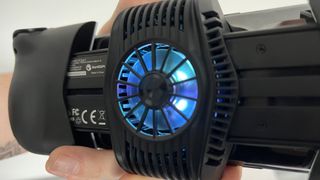
There is another secret weapon to the X3, which is modular analogue sticks and buttons. For the sticks, you have some longer options for more finite control, and the face buttons are magnetic, which means you could swap them round based on the default layout. It’s so much more convenient than just remapping entire games.
That’s not to say it’s perfect. The trigger buttons still don’t have any travel to them and the fan has no connected battery, which means it can only be operated by being plugged into some sort of power. There are two USB-C ports on here: one that offers power passthrough to your phone and the other that operates the fan.
But once again, GameSir has crafted a thoughtfully designed piece of kit for gamers that feels great to use over longer periods of time and helps you elevate your gaming performance on the go while being so much more portable than sticking a clip on your favourite game controller.
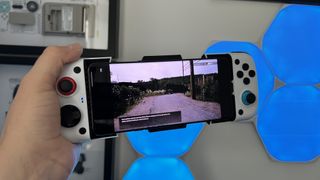
GameSir X3 connectivity and support
The X3 sports only USB-C connectivity, which means roughly 100% of Android phones are supported (unless you love the chaos of a 10-year-old phone with micro USB). And once again, the stretch of the GameSir exceeds the 6.5-inch claim, as I was able to use the OnePlus 10 Pro (6.7 inches) and RedMagic 7 (6.8 inches) with no problems whatsoever.
While this guarantees controller inputs are latency-free, audio is a slightly different story because there is no 3.5mm headphone jack for audio passthrough. I get that we live in a world of true wireless earbuds — some of which have low-latency gaming modes — but it will never be truly lag-free.
Please, GameSir. Just give me a headphone jack.
GameSir X3 software
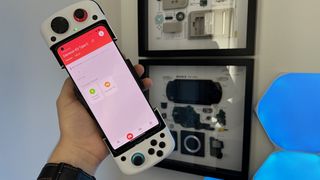
The GameSir app experience is getting a little better, but it’s still nowhere near the complete experience you get from Backbone One. If this was an iOS controller too, that would be a problem, but Android is a different story.
Backbone offers a wealth of app options that transform your phone into a game UI fit for the controller (some of which requires a paid subscription), while the 100% free GameSir companion app acts more as a way to edit controller mapping — flipping what is the select button between the “Xbox” layout (A at the bottom) or the “Switch” layout (B at the bottom).
Bottom line
The GameSir X3 ups its game to become the best Switch-esque Android phone gaming controller you can buy right now.
A durable, comfortable build houses buttons and analogue sticks that feel great and are swappable, the cooling system works a treat and the additional case preserves your purchase when throwing it in your luggage for long-haul flights.
But the same small-but-impactful omissions are present: shoulder buttons that don’t have any travel, the lack of a 3.5mm headphone jack pass-through for latency-free audio and the companion app doesn’t really join things up with a centralized game UI.
In the Android-specific GameSir X3,however, these issues are easily forgiven. You’ll struggle to find a better controller for portable gaming than this.

Jason brought a decade of tech and gaming journalism experience to his role as a writer at Laptop Mag, and he is now the Managing Editor of Computing at Tom's Guide. He takes a particular interest in writing articles and creating videos about laptops, headphones and games. He has previously written for Kotaku, Stuff and BBC Science Focus. In his spare time, you'll find Jason looking for good dogs to pet or thinking about eating pizza if he isn't already.
